Economics for Managers: Demand & Policy
VerifiedAdded on 2020/05/04
|7
|1044
|70
AI Summary
This economics for managers assignment explores the concept of demand elasticity across various food categories. It analyzes the impact of taxes and subsidies on consumer behavior and government revenue. The second part delves into Keynesian economics, examining the role of government expenditure and monetary policy in mitigating economic downturns. Students are tasked with analyzing supply & demand curves, fiscal contraction vs. expansion, and the effectiveness of monetary policy.
Contribute Materials
Your contribution can guide someone’s learning journey. Share your
documents today.
1 out of 7
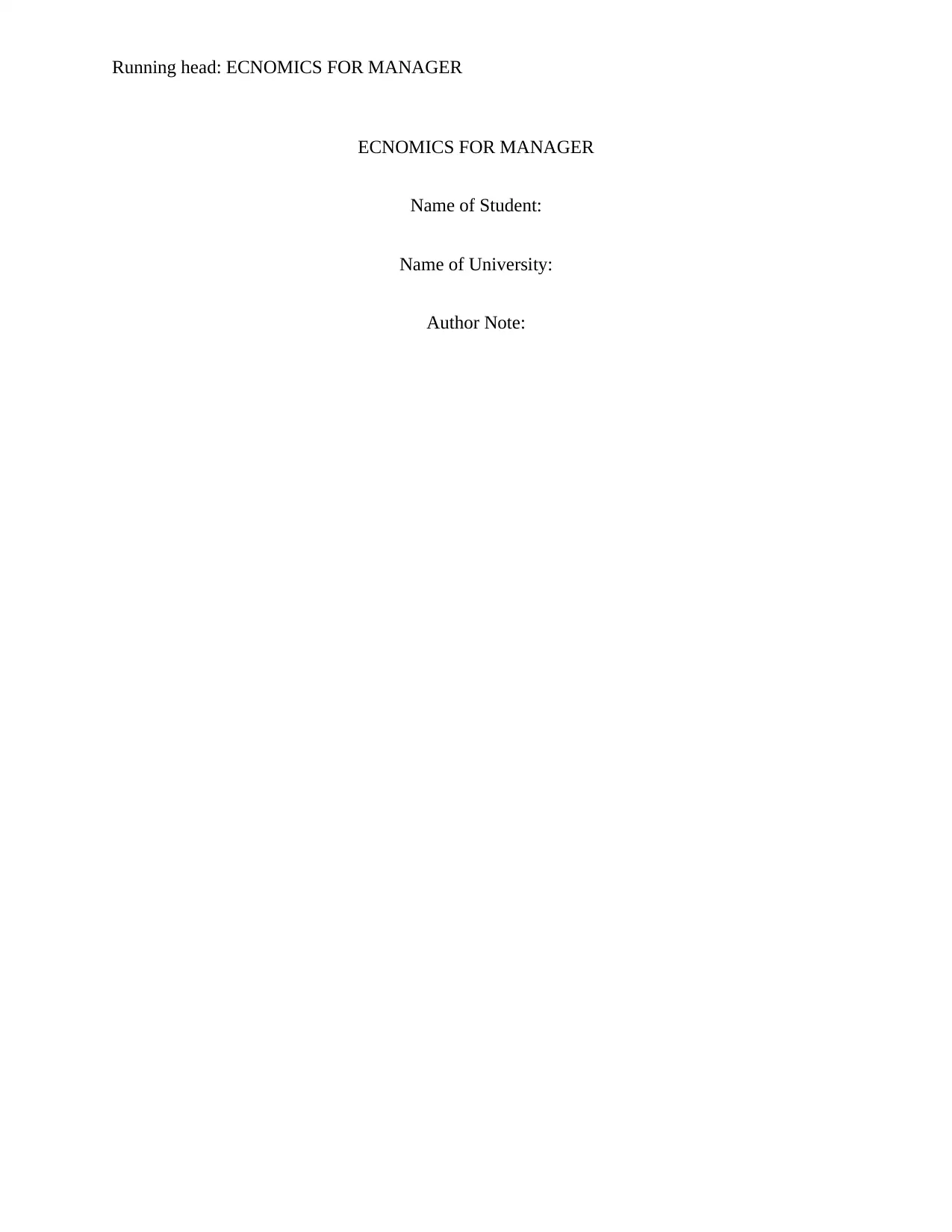
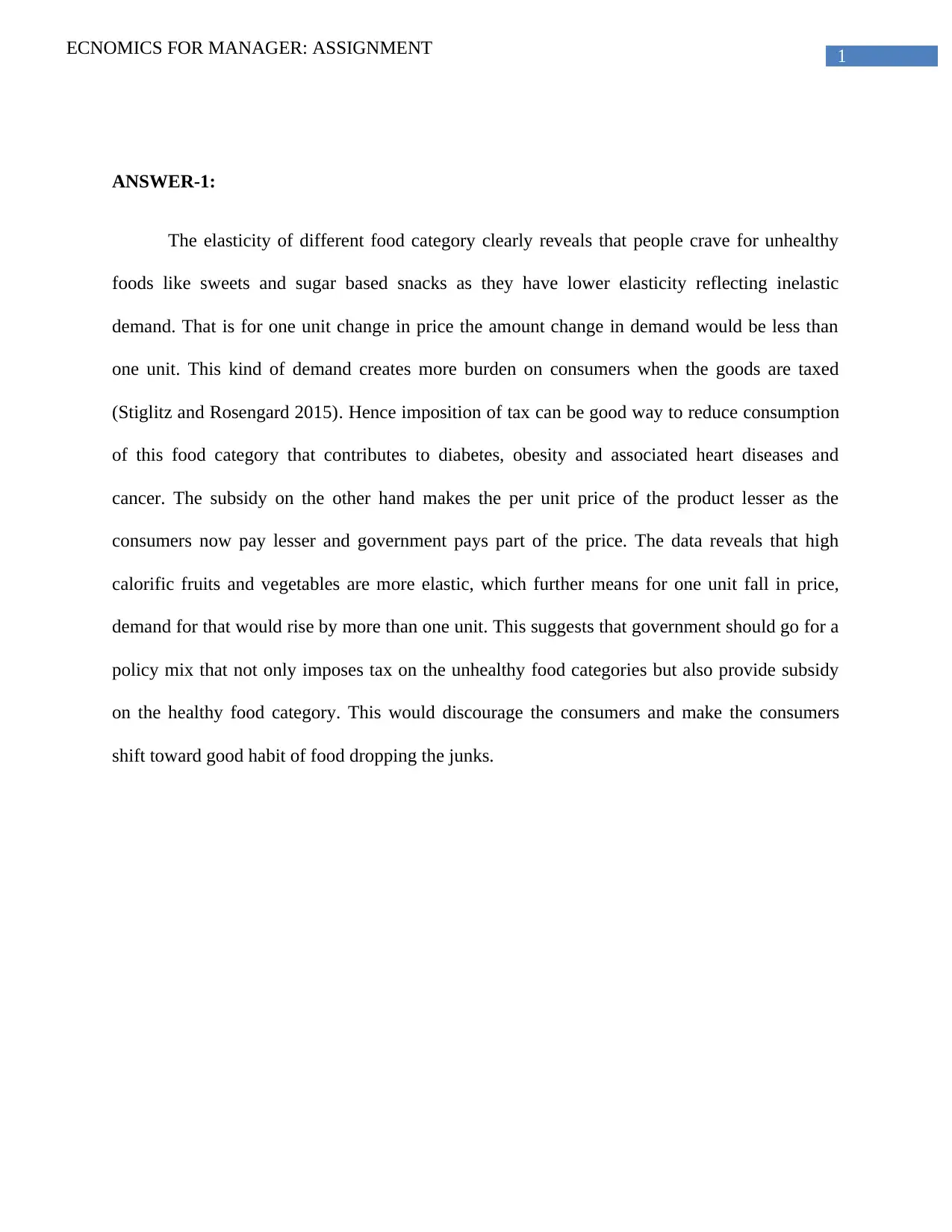
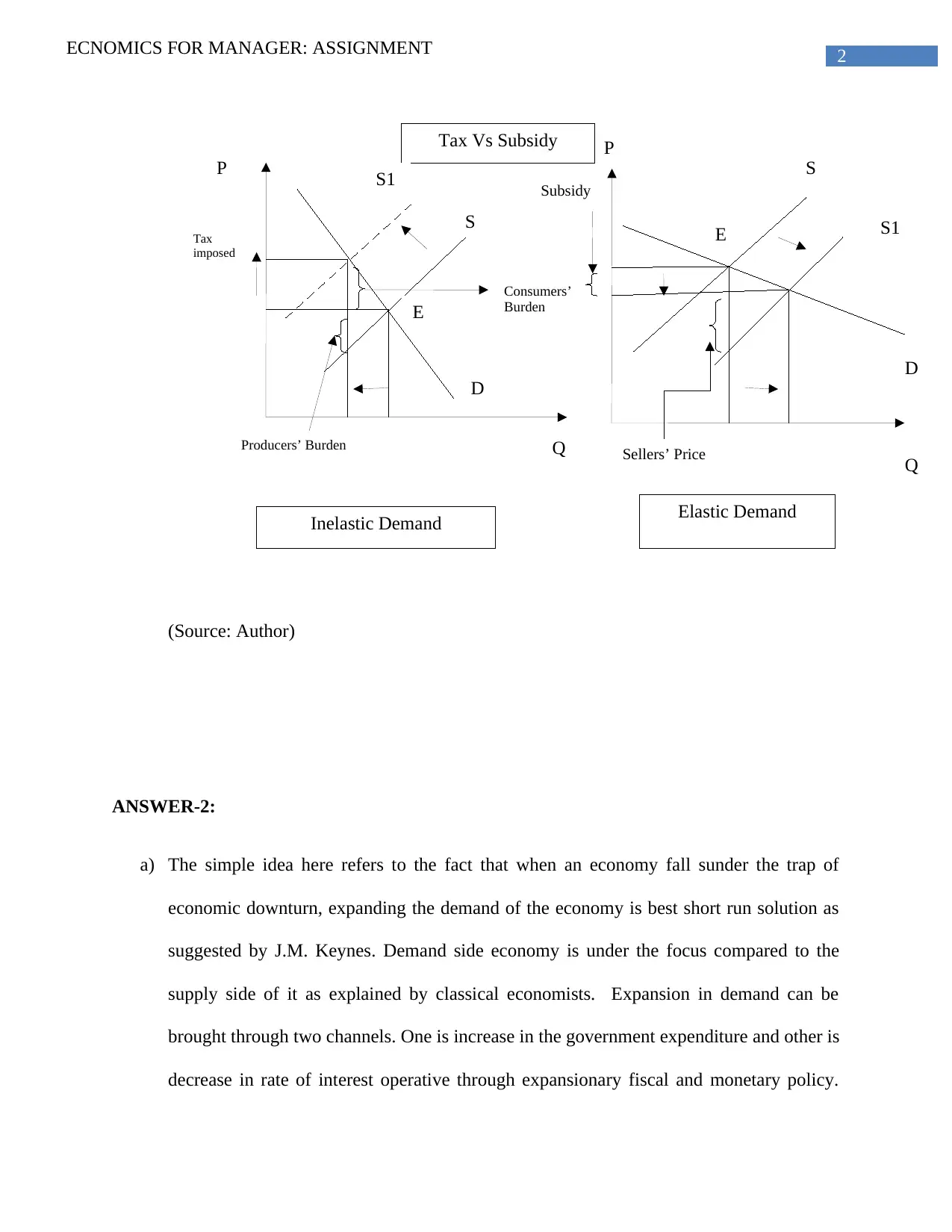

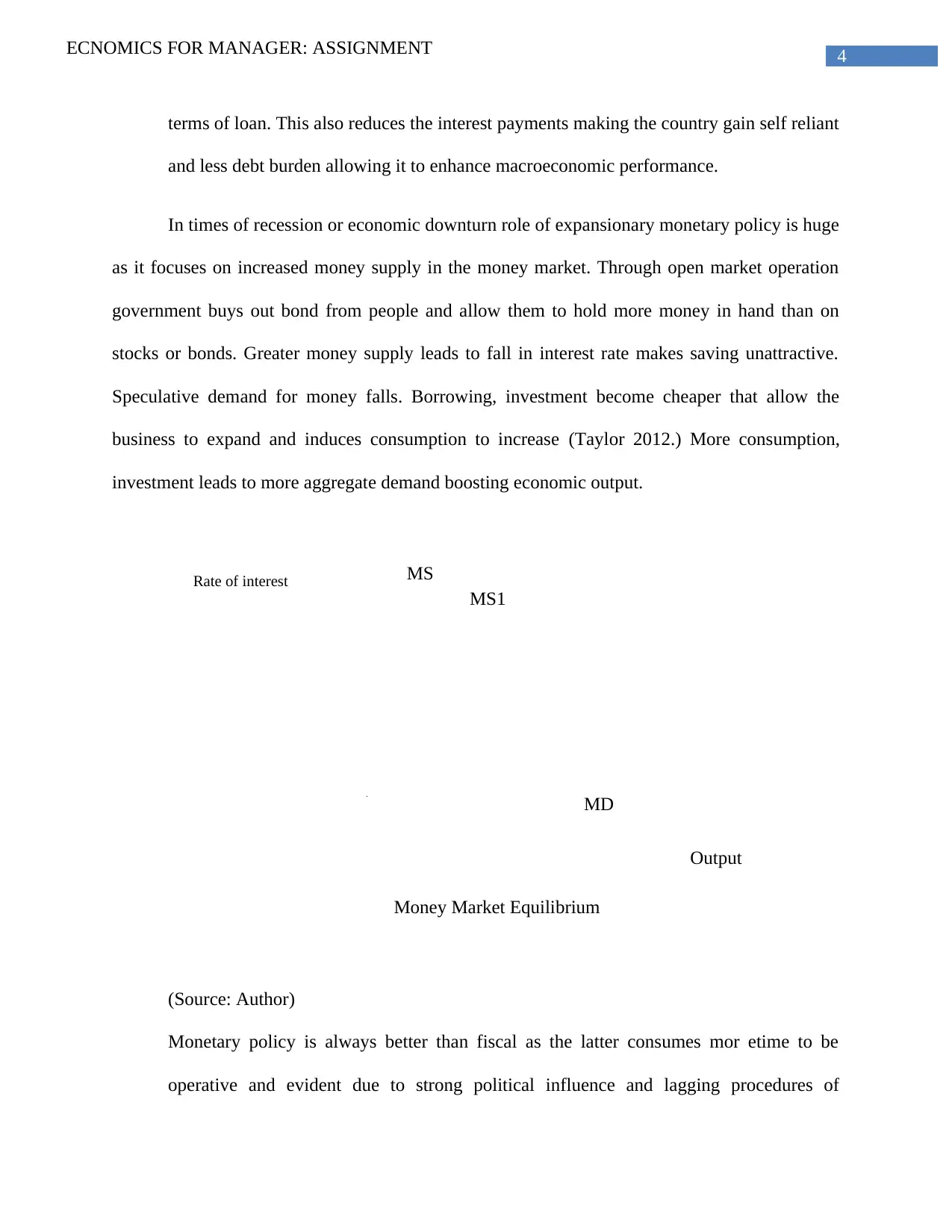
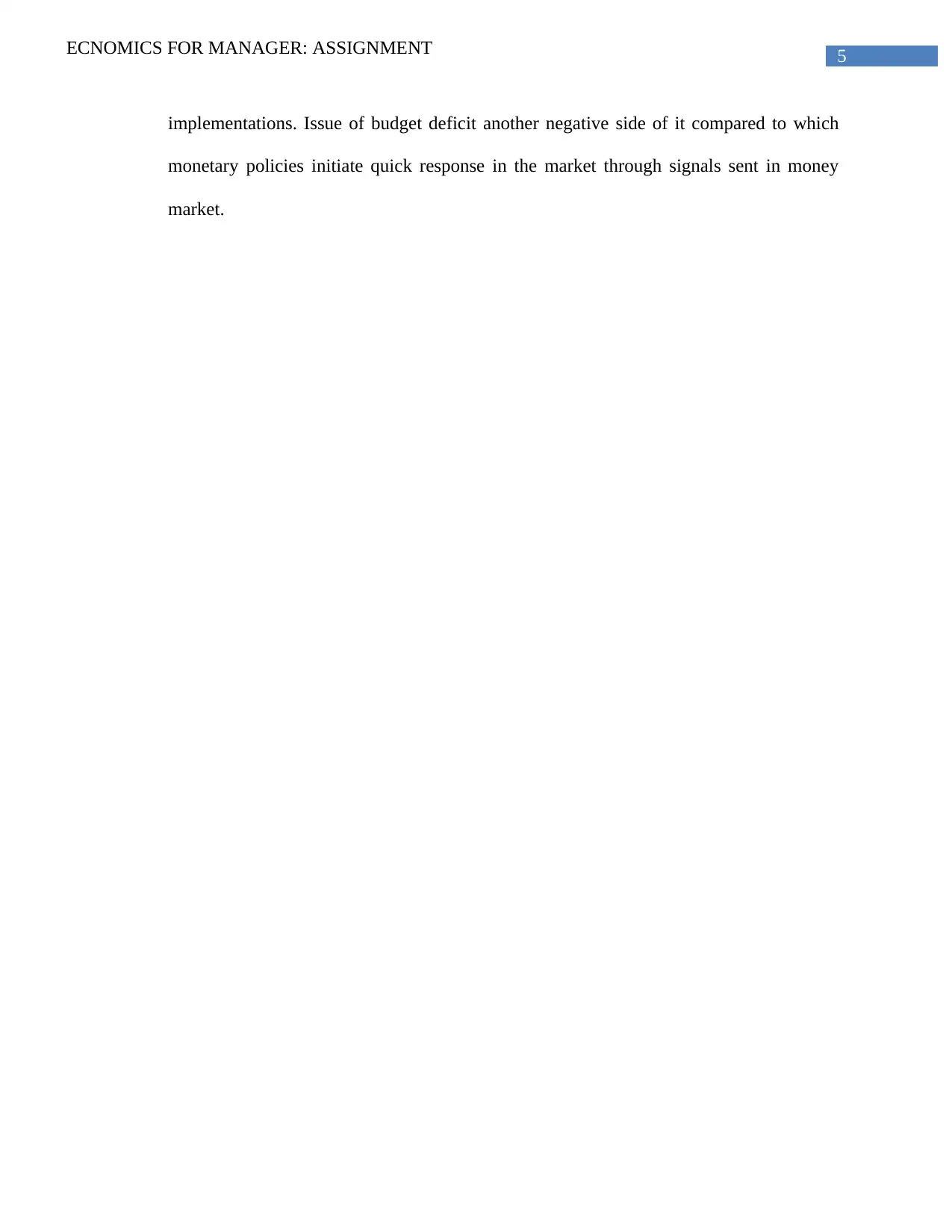
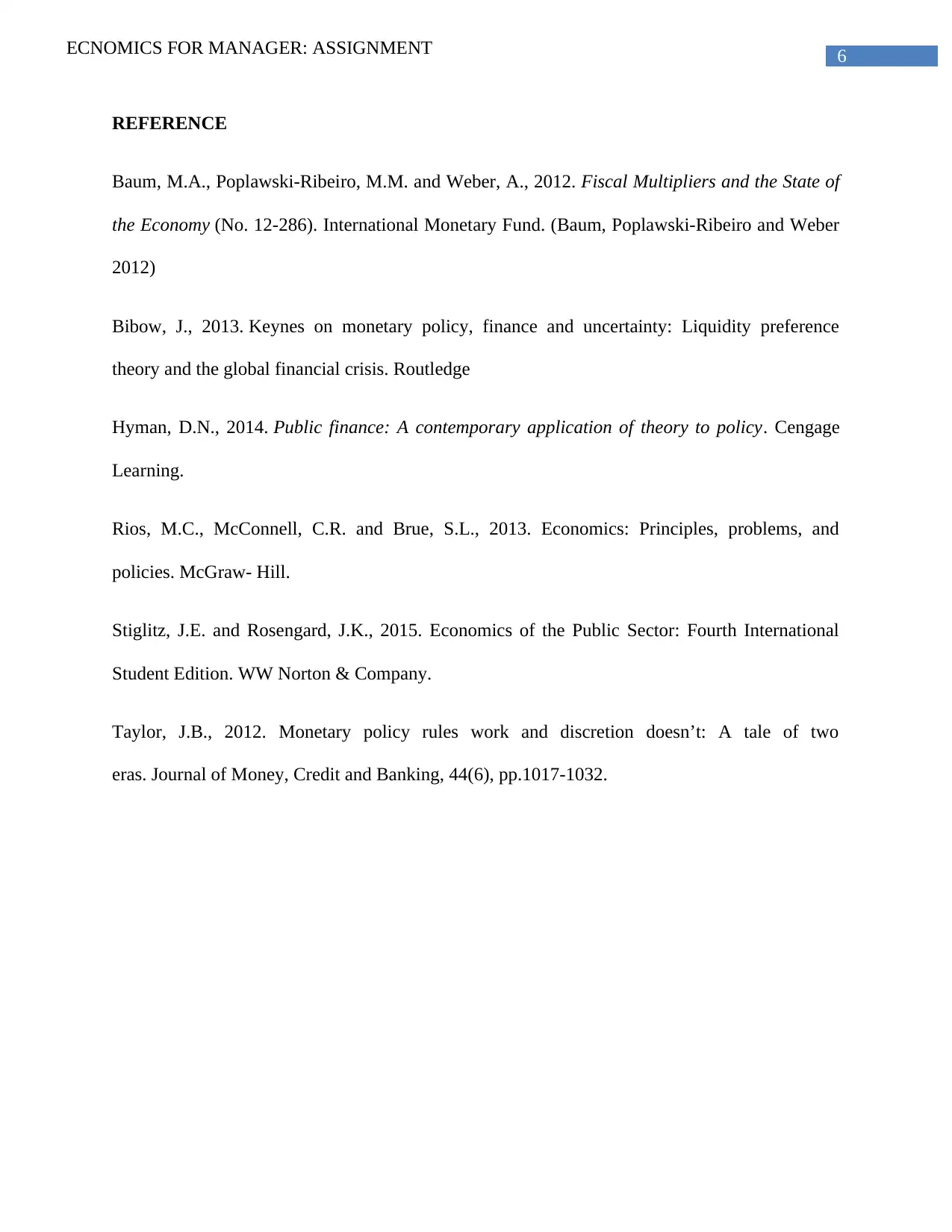





![[object Object]](/_next/static/media/star-bottom.7253800d.svg)